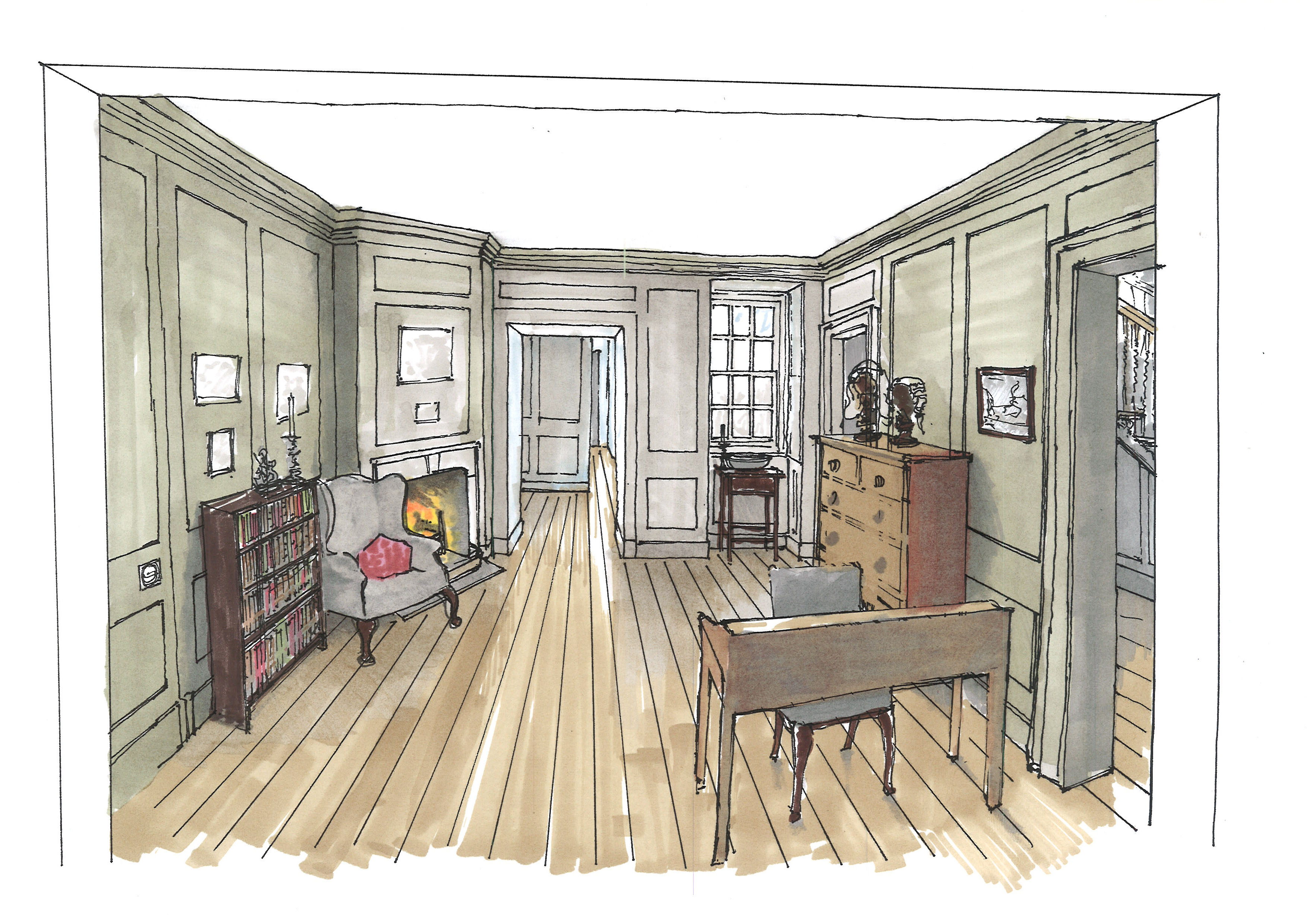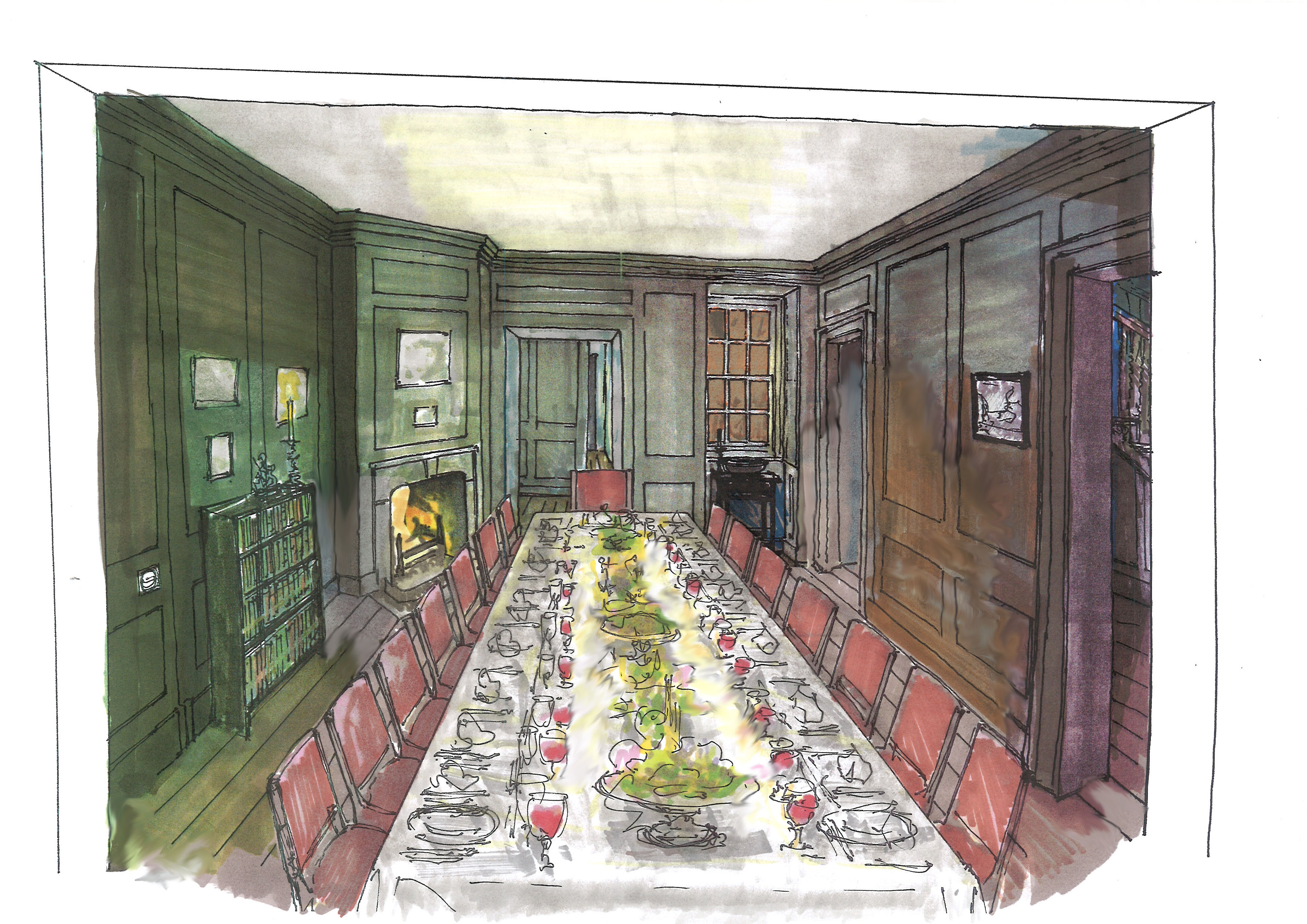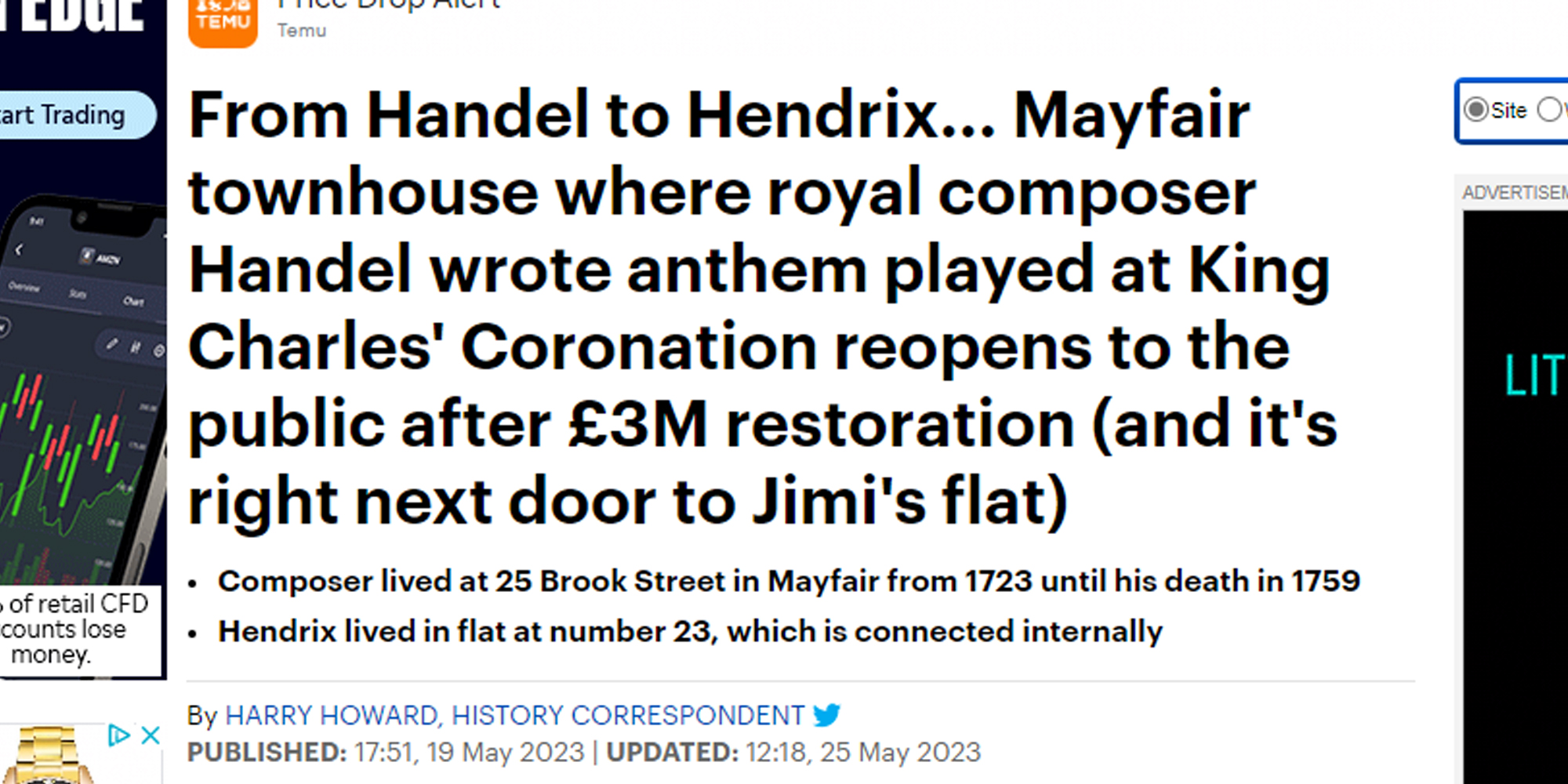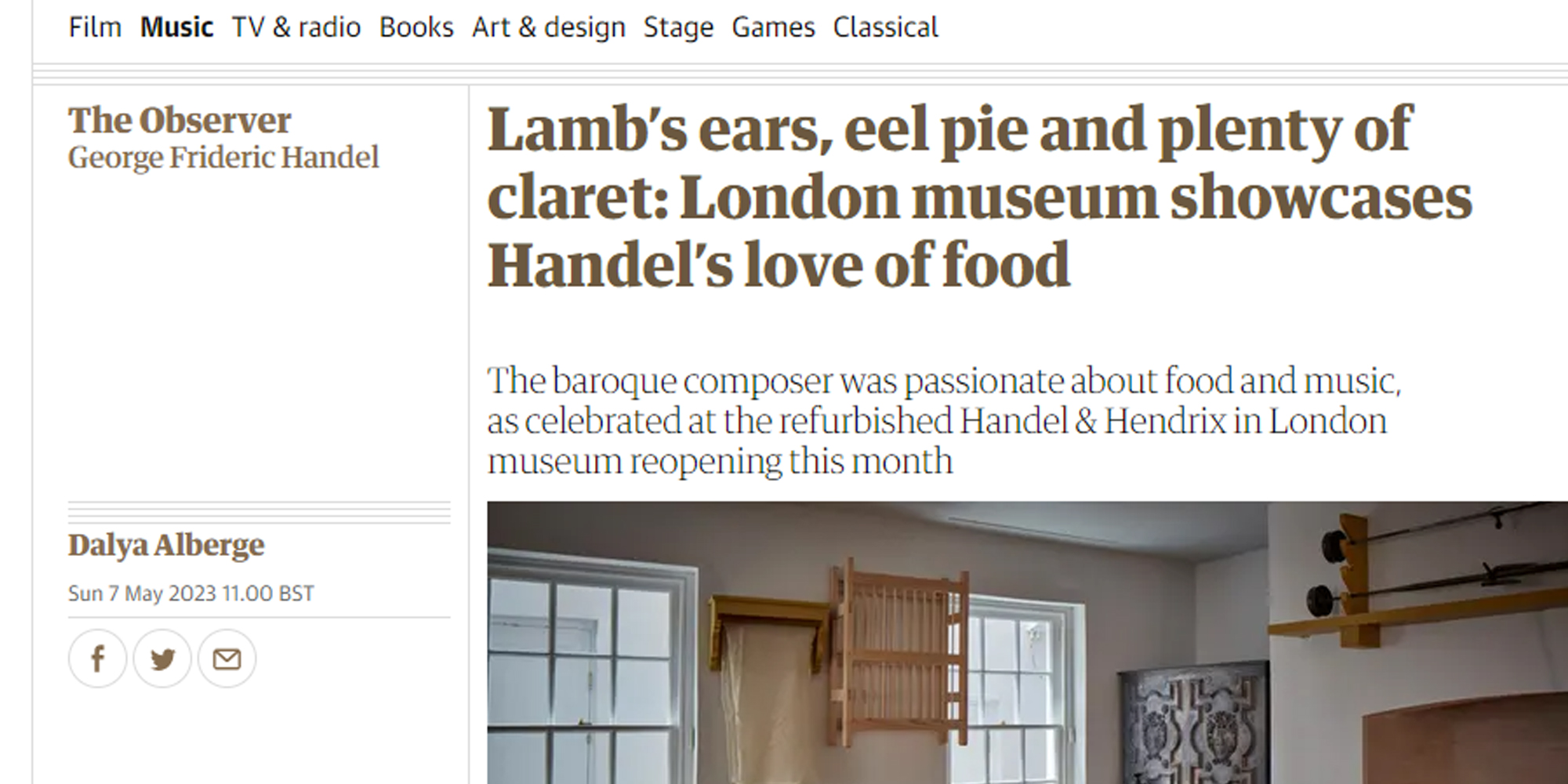Handel and Hendrix Museum, London
Hallelujah Project, Handel & Hendrix Museum
PBA has been involved in RIBA work stages 0-7 for the Hallelujah Project at the Handel Hendrix House. The scheme sees the return of the internal arrangements to their original form, whilst improving user flow and experience.
Project Summary:
Handel Hendrix House presents the homes of George Frideric Handel who lived at no. 25 from 1723 until his death in 1759 and Jimi Hendrix who moved into an adjoining flat in 1968. The buildings are presented as an evolving celebration of their lives, sharing their music and collections to provide enjoyment, inspiration, and education. The project has successfully restored and united both buildings to the forms the musicians occupied so their stories can be better told. Handel’s historic ground and lower-ground floors and the Brook Street façade were reinstated, and the lightwell reopened, and the railings installed. Converting retail space, back to its post-Great Fire of London planform, required significant alteration, removing structural changes, while being mindful of the budget, the challenges of a tight central London site, and working with a Grade I listed building.
Handel Hendrix House in London occupy two properties: Grade I listed Handel House (number 25) and the building where Hendrix’s flat is located (number 23), listed at Grade II. Both are Georgian buildings, constructed by a speculative builder in the early part of the eighteenth-century. Both have also undergone change, just as the area has also adapted and developed.
Project Description:
The Brook Street entrance was reinstated, visitors now enter as Handel did. At ground floor, Handel’s recreated fore-parlour forms the new entrance space. Designing reinstated interiors was guided by the inventory produced upon Handel’s death, expert knowledge, and evidence from surviving fabric. Handel’s kitchen and front area were recreated and the planform reestablished, with interiors appropriately finished. Custom-made and authentic period fittings, furniture, and utensils were sourced to enable accurately representing the London Georgian town house’s kitchen, of which no publicly accessible example previously existed. Wheelchair users can now access all areas of the historic building. Post-Handel extensions were conserved, as support spaces, and there is a recognisable discrete transition between them and Handel’s home. The project re-completes Handel’s home, enabling it to be experienced as Handel knew it. Permissions to reopen the lightwell and reinstate the area and railings were granted due to strong heritage support, which enabled Handel House to be presented as a complete Georgian house, a now highly visible heritage asset.
Client Testimonial:
It is more than 60 years since a group of musicologists and enthusiasts met in what remained of Handel’s house and determined to restore the home of the greatest composer to have lived in London. Having survived the risk of commercial redevelopment and after 20 years of partial public access as a museum, the stakes were high as Handel Hendrix House looked to find the right architect to help us achieve our vision of fully restoring and opening Handel’s house. In PBA we found a rare combination of conservation expertise, the imagination to visualise the lost building elements, and flexibility to work with a small client team and a difficult site with no end of hidden surprises. Throughout the project, Paul Chatham and Helena Tunbridge were dedicated to ensuring the original vision of the project could be delivered, within budget, no matter the obstacle. Easy to work with, collaborative, solution-focused and always available to discuss issues, PBA were an outstanding practice to work with.
As a result of PBA’s work on the Hallelujah Project, Handel Hendrix House is a more engaging, accessible, immersive and authentic presentation of Handel’s home that delights our visitors and has significantly improved the appearance of historic Brook Street.
Find out more about the project here:
Cultural
Educational
Historic
2018 - ongoing








